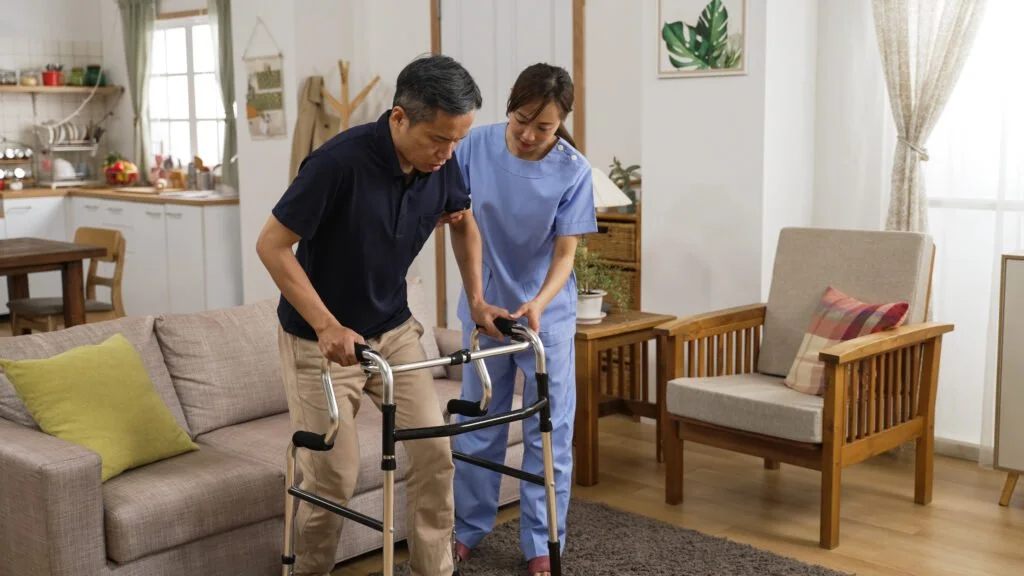Stroke Prevention and Rehabilitation Treatment
As individuals age, cardiovascular health becomes particularly important for the elderly. Alongside focusing on the cardiovascular health of the elderly, it is essential to pay special attention to stroke prevention and rehabilitation. Here are some key measures that can help prevent strokes and promote recovery in the elderly:
Stroke risk factors: Understanding the risk factors for stroke is the first step in stroke prevention. Common stroke risk factors include hypertension, hyperlipidemia, diabetes, smoking, obesity, and lack of exercise. Seniors should work with their doctors to manage these risk factors through necessary measures.
Preventive measures: Seniors can reduce the risk of stroke by taking preventive measures. For example, maintaining a healthy lifestyle, including a balanced diet, regular exercise, smoking cessation, and limiting alcohol intake. Additionally, regular monitoring of blood pressure, lipid levels, and blood glucose, and adhering to doctor-prescribed treatments.
Rehabilitation plan: For seniors who have experienced a stroke, developing a rehabilitation plan is crucial. This plan should include professional support in areas such as physical therapy, speech therapy, and occupational therapy. Through a rehabilitation plan, seniors can regain physical function and improve their quality of life.
Speech therapy: Strokes can result in speech and language impairments. Seniors can undergo speech therapy to improve oral expression and comprehension abilities.
Exercise rehabilitation: Exercise rehabilitation after a stroke is crucial for functional recovery. Through appropriate exercise and physical therapy, seniors can improve muscle strength, balance, and daily living skills.
Stroke warning signs: Seniors and their caregivers should be familiar with the early warning signs of a stroke, such as sudden headaches, facial drooping, speech difficulties, limb weakness, etc. Immediate medical attention should be sought if these symptoms occur.
Home safety modifications: Making some safety modifications at home is necessary to prevent recurrent strokes. For example, installing handrails, non-slip flooring, emergency buttons, etc., to reduce the risk of falls and injuries.
Medication treatment: Medication treatment is essential for stroke patients. Seniors should take their medications on time and adjust the dosage according to their doctor's instructions.
Regular follow-up checks: Stroke patients should undergo regular follow-up checks to monitor their health status and the effectiveness of medications. Regular medical check-ups can help detect and address any potential health issues early on.
Stroke recovery support: Stroke recovery is a long-term process, and seniors need support and encouragement from family, friends, and healthcare teams. Their support can help seniors build confidence, overcome challenges, and restore to their optimal state of living.
In conclusion, cardiovascular health is crucial for stroke prevention and promoting recovery in the elderly. By understanding stroke risk factors, taking preventive measures, developing rehabilitation plans, receiving speech therapy and exercise rehabilitation, and receiving appropriate medication treatment and regular follow-up checks, seniors can reduce the risk of stroke and improve their chances of recovery. Additionally, home safety modifications and receiving support and encouragement are also important factors. Let us all focus on the cardiovascular health of the elderly, safeguarding their well-being and happiness.

